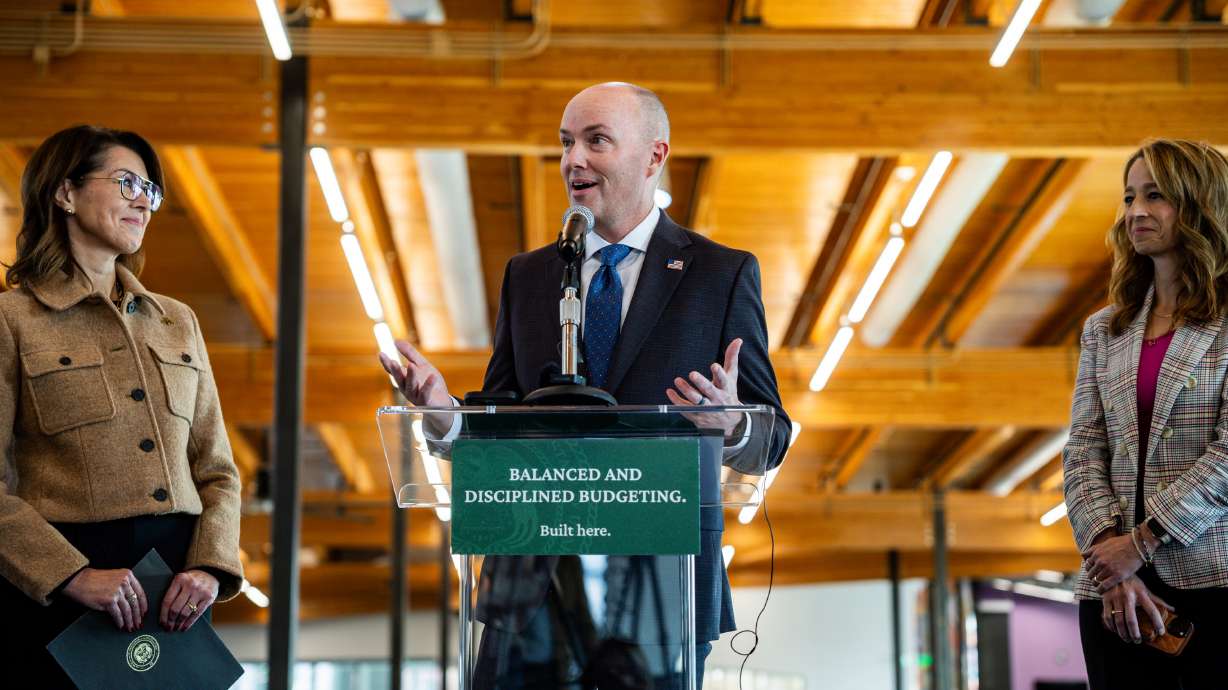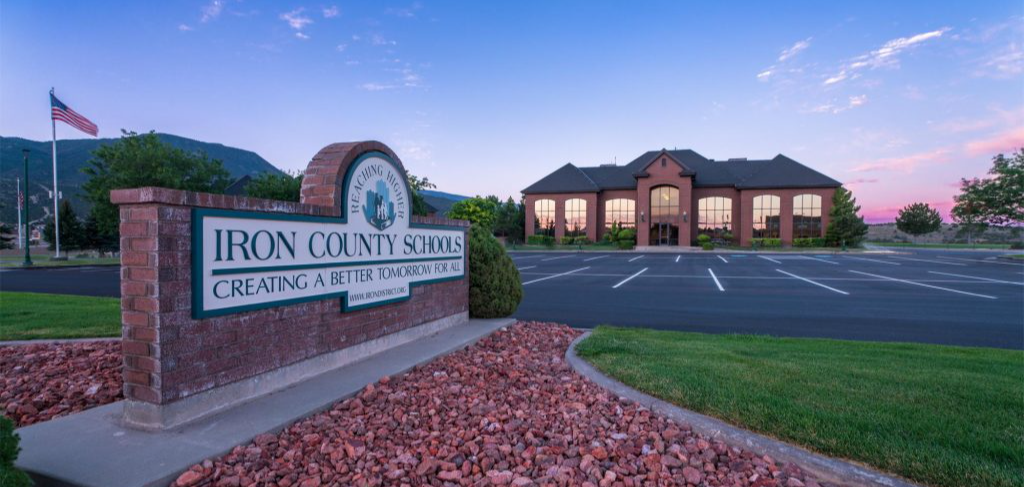The following op-ed was published previously in the Deseret News.
Most of us would love to pay less in taxes. And if asked whether you’d like a tax exemption, you’d likely say yes. But it’s typically not individuals who receive large tax exemptions. Instead governments bend over backwards to give them to businesses relocating or opening a new building in their community.
These tax exemptions are authorized by Utah law. Proponents argue that they incentivize businesses to come to or expand in Utah. In turn, businesses sometimes base their decision for where to locate or grow on what tax breaks different governments are willing to offer them, sometimes saving them millions of dollars in development costs.
But tax exemptions in local development areas or agencies hurt these communities more than elected officials often realize. The local school district takes the biggest hit since a majority of property taxes go to schools. Though school boards must vote to approve these local tax exemptions, they almost always do. And it’s also important to recognize that the exemptions reduce revenue for first responders and core government services.
Because school districts and first responders receive most of their funding through local property taxes, giving businesses millions in tax breaks concentrates the burden of funding these services on a narrower base.
When a business receives a tax break, the money not paid by the business must be made up another way. Existing taxpayers end up having to bear the burden of paying for government services provided to everybody, including the exempt businesses. According to one analysis, $45 billion in tax exemptions were given to businesses nationwide in 2015.
This hits close to home: Facebook, a Fortune 500 business, is buying land to build a new data center in Eagle Mountain. The company has been provided 20 years of tax rebates, totaling $150 million.
With the new business comes the problem of new growth in the community. New growth means more burdens for schools and first responders. The new high school needed in Eagle Mountain will cost roughly $83 million dollars. Without the ability to spread this cost evenly among everybody in the community, the cost is increased on individual taxpayers who had no say in the matter—and who may even object to Facebook’s arrival.
There’s also the matter of transparency; many Utahns have no idea how and when elected officials are handing out tax exemptions to favored businesses. A new website being developed by Salt Lake County will help their residents by transparently listing all tax incentive proposals, past and present, $1.3 billion in all. Every county in Utah should be just as transparent regarding their economic development projects, especially since these decisions affect the tax base so greatly.
Beyond transparency, there’s the need for some reasonable reform. One idea is to allow such tax exemptions to continue, but to still require businesses to pay the portion of property tax that would be used for schools and first responders. All other exemptions would still apply, but these basic funding needs would be borne by a broader base for more tax fairness.
Another proposal would be to implement a limited progressive payment plan. This would mean shortening the length of a tax exemption to between five and 10 years—and the exemption would decrease each year.
While many favor tax exemptions, they should be provided fairly and broadly, rather than allowing elected officials to pick winners and losers. Divvying them out without considering all aspects—especially the narrowing of the tax base—hurts many while helping only a narrow few.
Nathan Collier is a research intern for Libertas Institute




